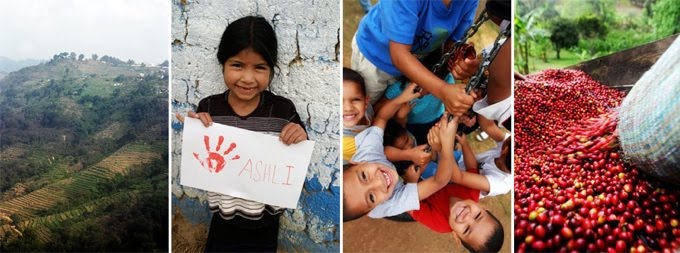For many people coffee is an essential part of their holiday traditions. I know that we here at Coffee Ambassadors couldn't imagine a Christmas morning without a warm cup of coffee. That is why we are pleased to offer coffee gift sets to help bring a little cheer to your holiday season, and to the coffee lover in your family!
 +Stocking Stuffer |  +Coffee and Truffles Set |  +A Bit of Everything Set |
 +Coffee Press Set |  +The Everything Set |
Christmas traditions
Coffee and Christmas have gone together for a long long time. Here are a few Christmas traditions, and fun Christmas facts associated with coffee:
- In the 19th centuries there were families who roasted coffee together at Christmas. Coffee was a special treat that brought the family together.
- If you are a fan of the Ballet "The Nutcracker, you may notice coffee is consumed in the drawing room scene. This is because coffee was considered a Christmas beverage in the Victorian era
- The book "The Ultimate Christmas" talks about the aroma of coffee setting the stage for a perfect holiday. Give it a try!
- Maxwell house had an ad campaign in the 1940s that used the centrality of Coffee at Christmas as a major selling point for their coffee
- For many families talking over coffee is a more precious tradition then eating the holiday meal itself. Coffee helps bring people together in meaningful ways
- Italian Christmas cookies are actually designed to be dunked in coffee
What Christmas or other holiday traditions do you have with coffee?













